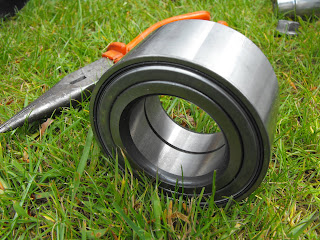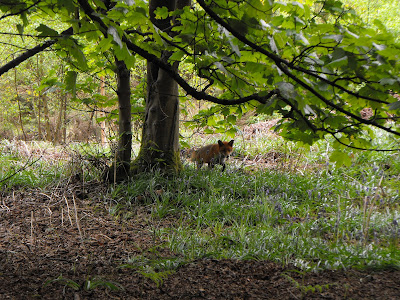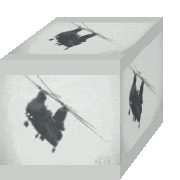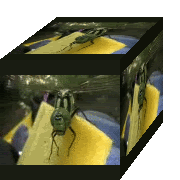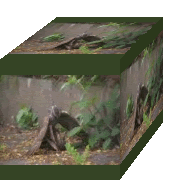 I found it tucked away at the back of the garage. I'd forgotten all about my faithful old broom. Some people prefer an ash or beech handle with a brush made of heather, but I find that bamboo is much lighter, more agile and ultimately faster...
I found it tucked away at the back of the garage. I'd forgotten all about my faithful old broom. Some people prefer an ash or beech handle with a brush made of heather, but I find that bamboo is much lighter, more agile and ultimately faster... Although I was a bit out of practice, the old broom still flew just fine. I always wear a crash helmet when flying, you never know when you can have a sudden 'bristle blowout'!
Although I was a bit out of practice, the old broom still flew just fine. I always wear a crash helmet when flying, you never know when you can have a sudden 'bristle blowout'! It took me quite a while to find my old broom flying cape. It can get very cold at altitude, plus I think capes really add to the whole 'drama' of flying.
It took me quite a while to find my old broom flying cape. It can get very cold at altitude, plus I think capes really add to the whole 'drama' of flying.It had been a while since I'd been out on my broom, so I thought it prudent to have a practice at low level along the country lanes.
Wow!... I'd forgotten how quick this thing was. I had to slow down on the one bend so as not to cover an innocent pedestrian in the dust that this thing was kicking up.
Low level flying is easy, you just have to hold on and steer. Higher up the wind knocks you about. At the park I had a go at going a bit higher, I was all over the place. I hadn't realised at how rusty I'd become. I'd just started to get the hang of it when a crowd started forming below. People were pointing, shouting and dogs were barking, you'd think they'd never seen anyone with a broom before. In the end I had to land, put the broom on the roof of the car and go home. I certainly didn't want any of that nonsense I had with the locals back in the 1600's...
Low level flying is easy, you just have to hold on and steer. Higher up the wind knocks you about. At the park I had a go at going a bit higher, I was all over the place. I hadn't realised at how rusty I'd become. I'd just started to get the hang of it when a crowd started forming below. People were pointing, shouting and dogs were barking, you'd think they'd never seen anyone with a broom before. In the end I had to land, put the broom on the roof of the car and go home. I certainly didn't want any of that nonsense I had with the locals back in the 1600's...
Back at the house all my old flying skills came flooding back. Vertical takeoffs were a breeze, as well as spins and a bit of hovering. There were terrific views over the houses, and just when I was beginning to enjoy myself the neighbour started waving and screaming. I don't know what all the fuss was about, it wasn't as if I was flying over his house was I? Lack of concentration meant that I landed with a bit of a bump (I'll have to practice those). He seemed rather upset with me and my broom, even though I'd seen him with a broom of his own on many occasions. Maybe he's jealous, because he hasn't got the hang of flying at all. I only ever see him half heartedly dragging it along the floor.
Nevermind, there's a bright moon tonight, I'll do a bit of nocturnal flying instead...









